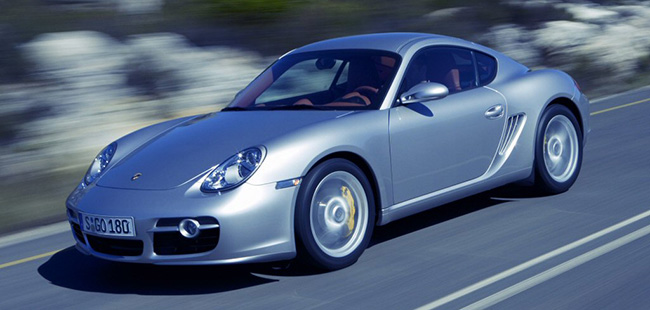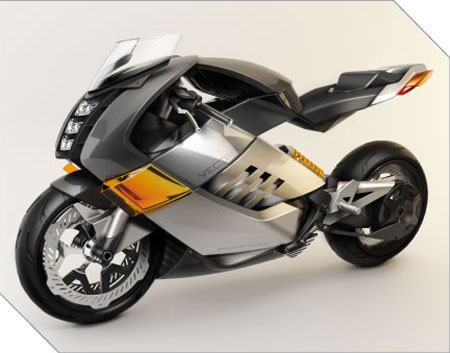Full disclosure: Your author is not a woman, nor is he in his 30s or 40s. So when we were given a preview of the Nissan Ellure concept in a Metro Detroit conference room a few weeks prior to the L.A. show, we forgave ourselves for not falling in love with the styling. That’s not to say it isn’t a good-looking car, because it is, but it’s not aimed at us. Then again, when we see it next to its auto-show neighbors—including the Murano CrossCabriolet, the new Quest, and the nearly indescribable Juke—our relative acceptance of the design may change.
The Ellure, as you might have surmised by now, is a concept sedan from Nissan, sized very close to the Altima and Maxima. It’s supposed to hint at the styling direction for the company’s future sedans, but isn’t a depiction of any one model, much in the way that the stunning Infiniti Essence concept didn’t foretell a production coupe. Women, Nissan says, are rejecting sedans but don’t want a coupe (not practical enough) or an SUV (not exciting), so this concept was intended to “re-imagine” the sedan and bring those buyers back. The Ellure is somewhat of a split-personality car, intended for normal, everyday use by ladies on the go, with the ability to transform into a lounge space come nightfall. Nocturnal professionals need not apply.
Hybrid Name, Hybrid Tech
The name is a mash-up of two words, with “allure” being the obvious one. The first letter comes from “electric,” in reference to the hybrid powertrain. To us, this is the more interesting part of the concept, as it provides a look at the brand’s first in-house hybrid system. (The current Altima hybrid, which is sold only in a handful of markets, uses a gas-electric system licensed from Toyota.) The setup installed in the Ellure is basically a version of the arrangement that will be used on the Infiniti M35h, but adapted for front-wheel drive.
The Pure Drive hybrid system uses two clutches; one is sandwiched between the engine and electric motor, and the other between the transmission and the driveline. Whereas the rear-drive Infiniti uses a seven-speed auto, this Nissan gets a continuously variable transmission. The engine is a supercharged 2.5-liter four-cylinder good for 240 hp and 258 lb-ft; a 25-kW (34-hp), 147-lb-ft electric motor is fed by a lithium-ion battery of unknown capacity—Nissan says only that it’s “powerful.” No system-output totals are provided, but we’d be happy with the supercharged four and no electric assist at all.
Lounging (All the Way) Around
The hybrid powertrain allowed for some flexibility in the concept’s design. While the Ellure takes up about the same amount of space as an Altima or Maxima, its wheelbase is almost five inches longer than those cars’. The wheels have been pushed far to the corners, which frees up interior space for that lounge atmosphere. Open the concept-y suicide-hinged rear doors and you get a good look at the wraparound interior; a full-width display panel shows gauges and other information, and the three-person rear seat flows into the door panels. The headrests and center console “float,” and the front passenger even gets a pop-out footrest. The Ellure’s panoramic glass roof is broken up by a V-shaped trim piece that houses mood lighting. Ambient light lives in pockets around the interior and helps define the day-to-night transition.
| |
It’s all wrapped in carbon-fiber body panels. While at first glance the design is evocative of a four-door coupe’s, closer inspection reveals that the normal sedan shape is retained and that only the shape of the side glass and its trim looks coupe-ish—the conventional backlight is preserved and headroom isn’t sacrificed. There’s also some eye-trickery with a fuel-saving bent; clear acrylic bits in the grille and the 21-inch wheels give visual depth while keeping air flowing over them. A full undertray also helps airflow and therefore efficiency.
There are Earth-amicable touches elsewhere. (Women like those, right?) Recycled materials are used all over the cabin, including something called eco-suede for the seats. The carpet is edge-cut wool felt that’s sandwiched together to make a flowing, unrepeated design—Nissan says it has the added benefit of being water-repellent.
We anticipate this new design language will surface some time in the next couple of years on new Nissans aimed at both genders. The same goes for the hybrid powertrain, which can’t come soon enough, since Nissan has heretofore been a virtual non-player in the segment. While neither the shape nor mechanicals are groundbreaking, we’re okay with concepts being grounded in reality every once in a while. Now if only we could say the same about some of Nissan’s latest production offerings. Murano convertible, anyone?

































































